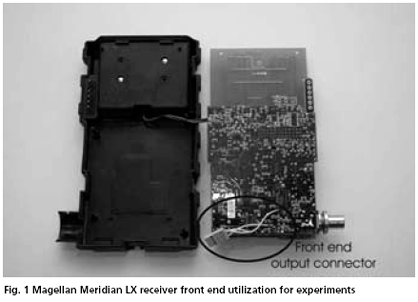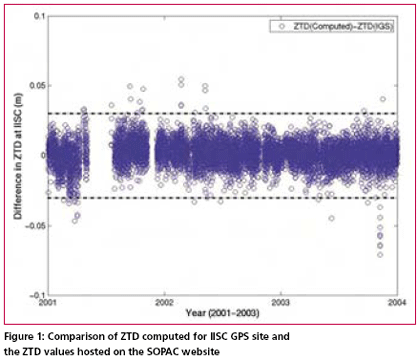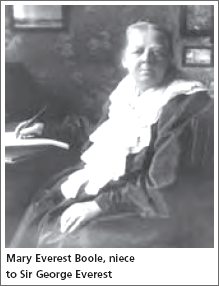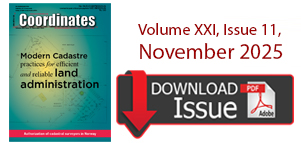
Galileo to be scaled down?
The Financial Times claims the EU may be forced to operate the Galileo constellation with fewer than the currently proposed 30 satellites. The FT quotes Philippe Busquin, a former European research commissioner who now oversees the Galileo project as a member of the European Parliament as saying: ‘It’s not clear that we really need 30 satellites. We could certainly make Galileo a success with 24 or 25.’ Jack Metthey, a director handling research in the European Commission, also describes the Galileo budget situation as ‘very, very tight’, adding: ‘Having less satellites would certainly help address the money issue.’’ However, it is acknowledged that a reduction in the number of satellites could undermine the quality of the system, by reducing coverage and precision, two of Galileo’s trump cards as a 21st- Century constellation. www.rin.org.uk
May 2006
4th Taipei International Conference on Digital Earth
25- 26 May, Taiwan, Taipei
derc@mail.pccu.edu.tw
http://deconf.pccu.edu.tw/
June 2006
ICORG …

A nautical chart is a medium of information and tool for safe maritime navigation. It is the chief nautical instrument for ocean route planning and safe navigation. With the time not only the user’s requirements have increased, but also the advancement in the expertise in the field of nautical cartography has resulted in better product in the most useful way. With the advent of modern cartography, chart contents are stored in…

Many researchers and R&D laboratories in the world deal with the design of the software-based or experimental GNSS receivers using digital signal processing for work and experiments with received navigational signals. These concepts have one in common: the necessity of use of some analogue RF part before conversion of the signal to the digital domain. The problem of the RF front end design of the experimental or special purpose navigation receivers has to be solved. It is not an easy task as can be seen from many papers and conference contributions. The aim of this paper is analysis of the possibility of such GNSS RF front end design. We will discuss the following three main approaches

Atmospheric water vapour estimation from the GPS data, surface total pressure and the mean tropospheric temperature is the most cost effective method which gives all weather good spatio-temporal coverage. Precipitable Water Vapor (PWV) in the atmosphere can be estimated from GPS data by determining the travel time delay of GPS radio signals through the troposphere. Water vapour is already identified as…

An attempt is being made by volunteers all over the world to visit the confl uence points and document the scenery with pictures and narratives
Europe and Russia to restart talks on Galileo and Glonass operations
Negotiations on interoperability between the European Galileo and Russian Glonass satellite navigation systems are expected to restart soon, after a yearlong hiatus. The hope of talks follows an agreement on dialogue structures between the European Commission and Russia’s Federal Space Agency (FSA).
A trilateral steering board has been created for discussions between the EC, European Space Agency and the FSA. ESA already has working groups covering areas of co-operation under its framework agreement with the FSA, including satellite communications, global navigation and technology. These will include EC representatives and will report to the new steering board. A new working group on Earth observation will also be created.
www.flightglobal.com
Delhi faces confusion and chaos.
With a pressure to host Commonwealth games in 2010.
Unauthorized construction, encroachments, illegal …

Forest cover in Philippines on the rise
The Department of Environment and Natural Resources (DENR) revealed recently that satellite imagery and remote sensors indicate that the forest cover in Central Luzon has increased to 7.2 million hectares from 6.5 million hectares in 1988. www.manilastandardtoday.com












 (5.00 out of 5)
(5.00 out of 5)